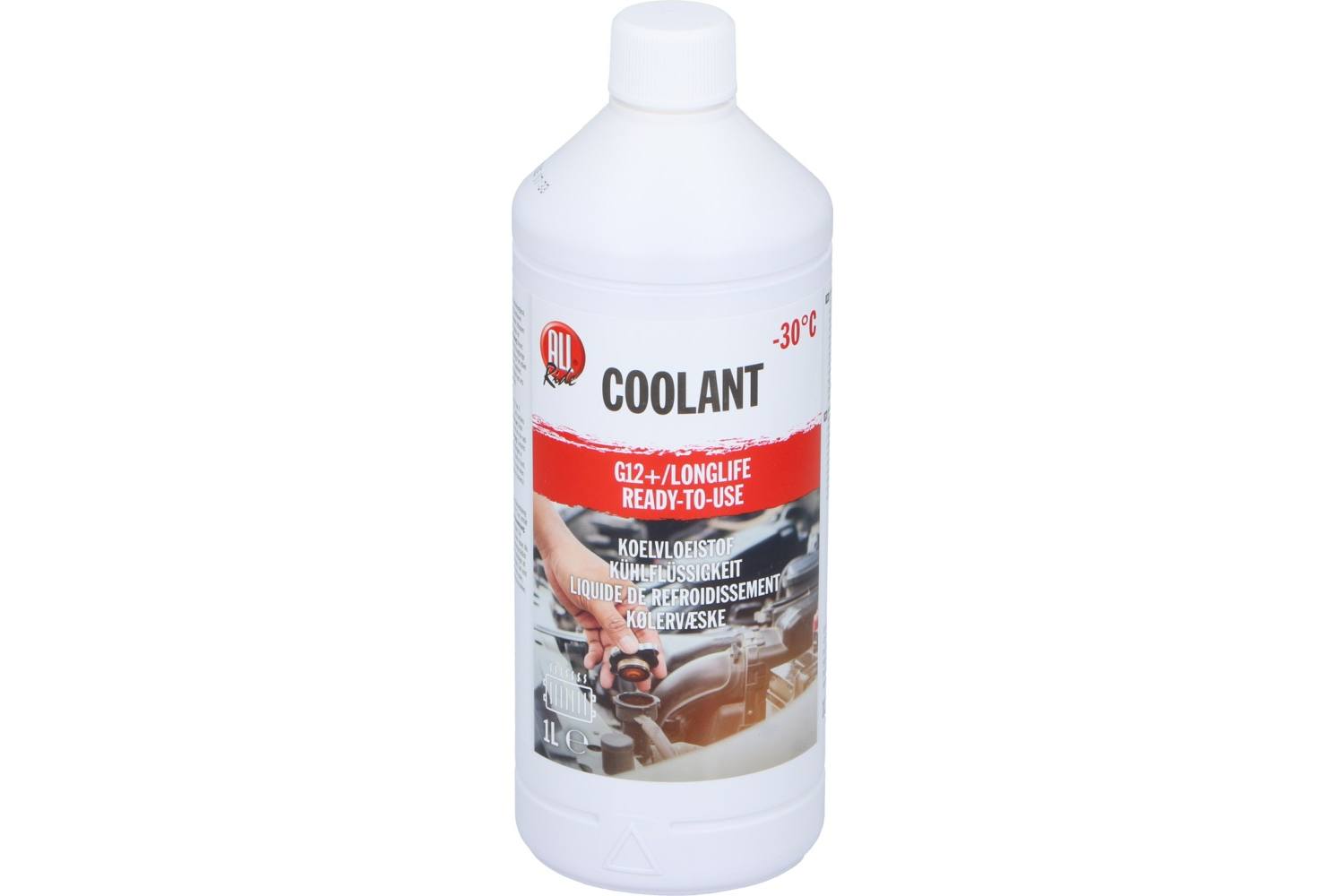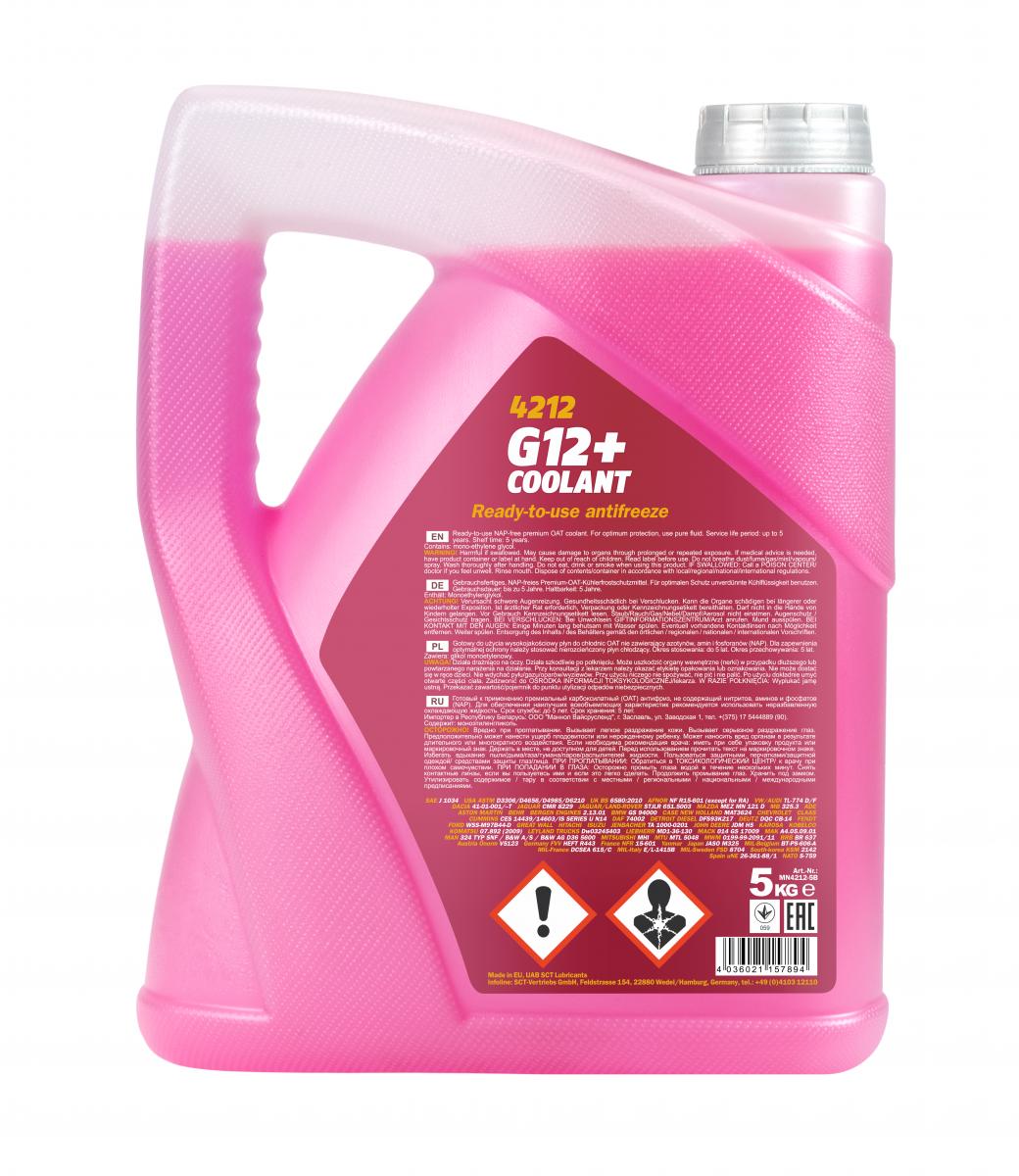

The protective effect of this technology is based on the principle that the additives keep the metals that are used in the engine and cooling system, separate from the cooling fluid because the additives for example silicate or phosphate, form a protective layer on the surface of the metals. The protective additives in coolants, and along with that, also the two main types of coolant, can be divided into two main groups. Organic and inorganic anti-corrosion additive technology The days are long gone when car manufacturers built engines exclusively from cast iron nowadays special alloys such as aluminum and magnesium are the norm. So the primary function of these specifications is to optimally protect the metals used in the engine and the cooling system. The car manufacturer’s specifications for the coolant meet these requirements. So the composition of the chemicals used in the additives package is an essential part of the coolant. It is the coolant’s additives package that protects these special metals against corrosion.

Protecting these metals against (electrochemical) corrosion, which would otherwise be a side-effect of the coolant, is essential. Protection of engine and cooling system by the type of coolant against corrosionĬoolant comes in direct contact with the various types of metals of which the engine and cooling system are made up, such as cast iron, steel, aluminum, magnesium, copper, brass, and solder. MPM products with the name ‘Coolant’ are ready-to-use and should never be diluted. These products are also referred to as ‘concentrate’. MPM products with the name ‘Antifreeze’ are antifreeze products that still need to be diluted with demineralized water before use. The terms antifreeze and coolant are often used interchangeably. The boiling and freezing point in the coolant are determined by the percentage of monoethylene glycol or, put simply, “the more water it contains, the lower the freezing point”, and also the cheaper the product. coolant which uses monoethylene glycol as the basis for its mixture. In this MPM ‘OEM NewsLetter’ we (only) discuss this type of coolant, i.e. Most automotive coolants consist of a mixture of monoethylene glycol + demineralized water with the addition of various high-quality chemicals, also known as the additives package.

Must protect the internal part of the engine and cooling system against corrosion, erosion, and cavitation.Must have a high boiling point to prevent vapor bubbles from forming.Should not solidify or freeze at low temperatures.Must have excellent heat transfer properties.A good coolant must meet the following requirements: The coolant plays an essential role in the dissipation of this heat.

This heat must be dissipated to prevent the engine from overheating, which irrevocably leads to severe engine damage. The function, operation, and composition of coolantsĪ combustion engine generates a lot of heat during the combustion of fuel (gasoline, diesel or LPG). It is therefore crucial to strictly follow these requirements. Car manufacturers each have their own requirements regarding the correct coolant. For the engine to function smoothly, it is essential to only use the right coolant. These systems consist of different metals (for example, cast iron, stainless steel, aluminum, magnesium, brass) which each have different properties. Modern cars, with a combustion engine, are equipped with high-tech, complex cooling systems. Severe engine damage is often the result of a malfunctioning cooling system due to the use of the wrong coolant. More than 8 different types of coolant liquids are already stipulated as a mandatory requirement by car manufacturers.


 0 kommentar(er)
0 kommentar(er)
